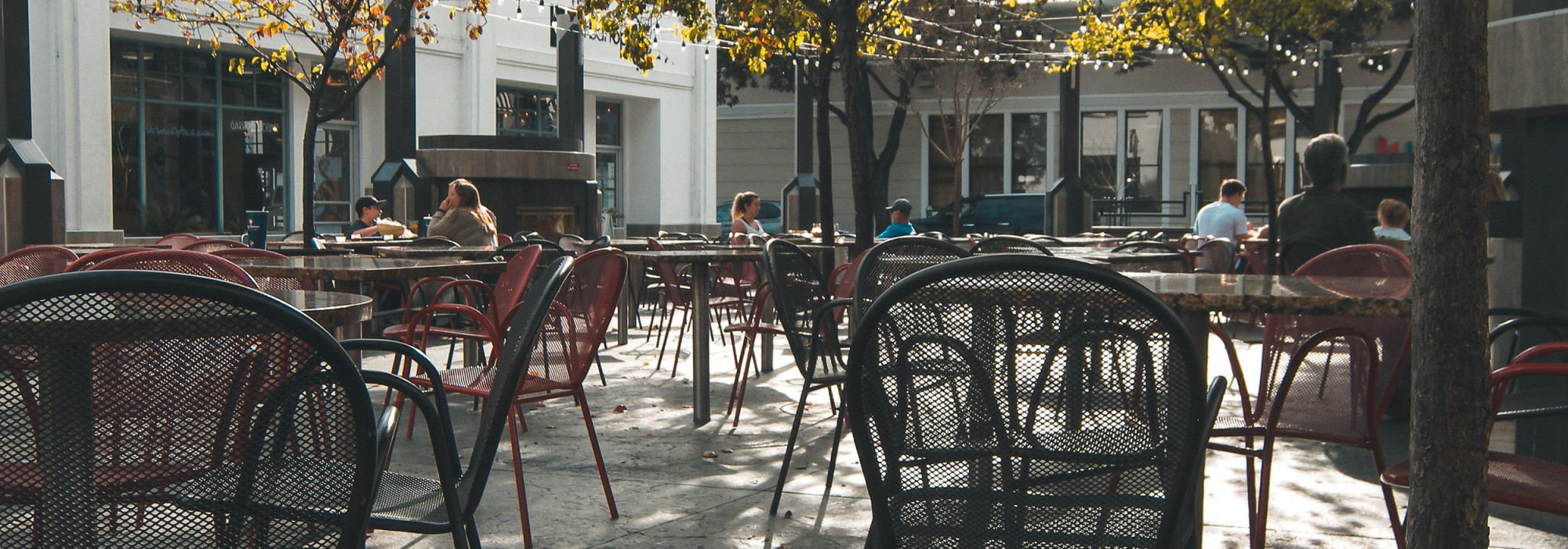What Will My Rate Be With You?

Rates, rates, rates.
The most important part of accepting card payments is the rate that a business will pay for it. After all, businesses need to manage their margins to stay profitable and payment processing is a considerable cost on a bottom line. This is even more so the case nowadays since consumers are paying by card for almost everything.
When a business asks PolyPay “What will my rate be if I switch to you?,” we usually can’t tell them right away. They may not always like this answer, but we prefer not to give a cookie cutter response since determining a business’ rate is not a cookie cutter process.
There are many defining factors that go into a processing rate. Listed below are the most important ones, and a brief description of why they make a difference.
Business Industry Type (i.e. Restaurant, E-commerce, etc.)
Industry type is one of the primary variables that will determine what Interchange rate (i.e. the rates and fees charged by the card associations, like Visa) a business can attain. Every business is classified by a merchant category code, or MCC for short. The MCC then determines the Interchange rate bracket they fall in to.
For example, a restaurant will pay 2.10% to accept a Visa Traditional credit card, but a non-profit organization will pay 1.35% + $0.05 to accept the same card - 0.75% less. That means on a $100 sale, the non-profit would pay $0.70 less than the restaurant.
Card-Present vs Card-Not-Present Transactions
This is another important piece of the rate puzzle.
Card-present (CP) transactions are considered ‘safe’ because the customer’s secure card information is physically read by a credit card terminal or POS system. The card associations determined that the risk level for fraud is much lower for these types of sales, therefore they can charge a business a lower Interchange rate.
On the contrary, card-not-present (CNP) transactions (i.e. phone, online or mail orders) carry a higher Interchange rate because there is a bigger risk for fraud and chargebacks (i.e. customer disputes). A customer who is not physically present at a business could potentially be using stolen or fraudulent credit card information to make a purchase over the phone or online, but the business will not know this until they receive a chargeback for the sale.
For example, if a restaurant accepts a Visa Traditional credit card as a CP sale, they will pay 2.10%. If they keyed in the same card details for a CNP phone order, they would pay 2.20%. On a $100 sale, that is a $0.10 increased cost for the phone order.
A general rule for CNP Interchange rates is that they will typically be about 0.10% to 0.50% more expensive than a CP Interchange rate.
Downgraded Transactions
Using the same restaurant example from above, let’s say that the restaurant did not ask for the customer’s Billing ZIP code or Card Security code during the CNP phone order. The Interchange rate that the business would incur from this transaction would then rise from 2.20% to 3.15% + $0.10 – a 0.95% + $0.10 increase in cost.
This is due to what is called a downgraded transaction. Downgrades are expensive, and may occur for one or more of the following reasons:
- A batch of transactions in the business’s POS system or credit card terminal is not settled within 24 hours of the transaction date/time
- Ex: Ran sale on Monday, not settled out until Wednesday
- Did not capture the billing ZIP code of the customer’s card during the transaction
- Did not capture the card security code (i.e. CSC, CVC, CVV, etc.) during the transaction
The additional costs generated by downgrades are credited directly to the card brands like Visa and Mastercard rather than the merchant processing company.
Processing Volume and Average Ticket Size
The last major factors in determining the overall processing rate are the average amount per transaction, and how much card volume a business submits per month.
Regarding average ticket size – if a there is a per item Interchange fee of $0.10, that fee can count as 1.00% on a $10 sale, or 0.10% on a $100 sale. In a real-world scenario, a coffee shop with an average ticket of $10 will pay a much higher rate than a restaurant with a higher average ticket.
When considering overall processing volume, a small business that submits $2,000 per month in card volume will likely have a much higher rate than a business that submits $100,000 per month. For example, $20 of monthly fees would add 1.00% to the overall rate of the small business compared to 0.02% for the other larger volume business.
Whenever PolyPay is asked what rate we can provide to a business, we like to give the following example: We have worked with an E-commerce company whose rate was ~3.00% which was relatively good and we made minor improvements to save them around $50 per month. On the other hand, a car dealership that was previously at 1.80% had considerable room for improvement, and we were able to cut their costs by over $500 per month when they switched to our services.
Interested in learning more? Connect with us today for a complimentary processing statement review so we can show you how to receive the best rates possible when taking card payments.
*Please note: Interchange rates are revised by the Card Brands every April and October. Due to this, some of the Interchange rates listed in this article may not reflect the exact rates experienced today. However, PolyPay’s rates are locked and do NOT change over time – one of our key merchant benefits.


